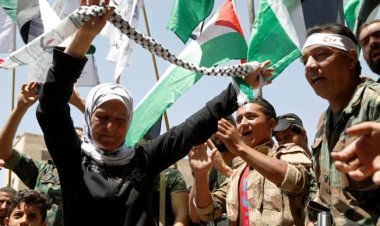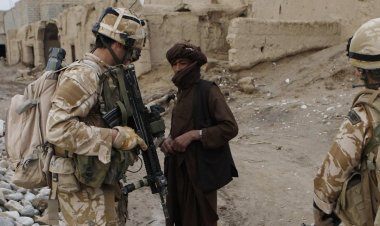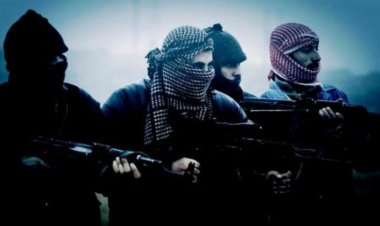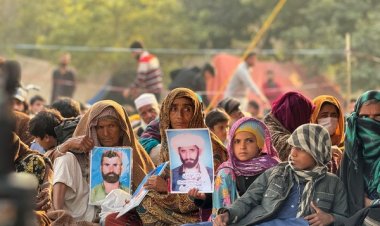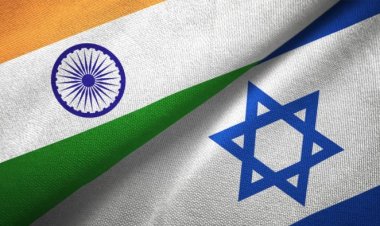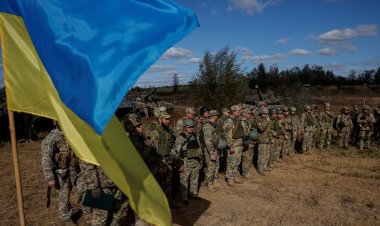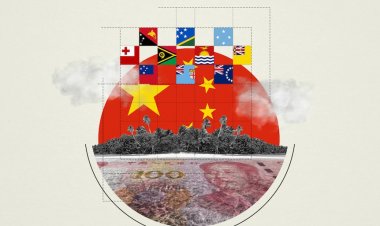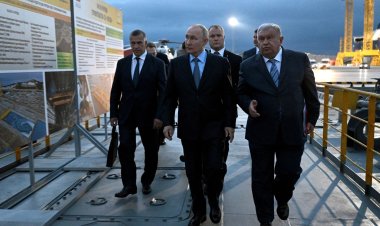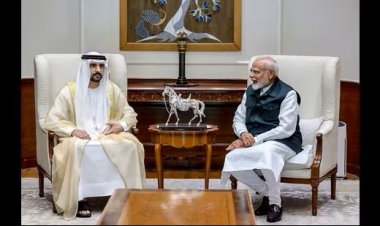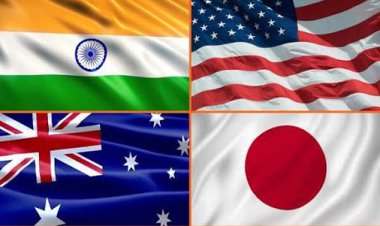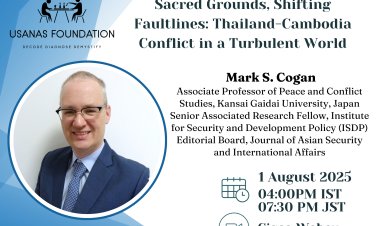How Pak finances terror in Kashmir
This is a review of the book "Terror Financing in Kashmir," published by Routledge and authored by Dr. Abhinav Pandya, the CEO and Founder of Usanas Foundation. The book provides a thorough analysis of the financing of terrorism in the Kashmir region, examining the various sources of funding and the methods used to transfer and distribute these funds. The author draws on a wide range of sources, including interviews with individuals involved in the financing of terrorism, to provide a comprehensive and insightful overview of this complex issue.
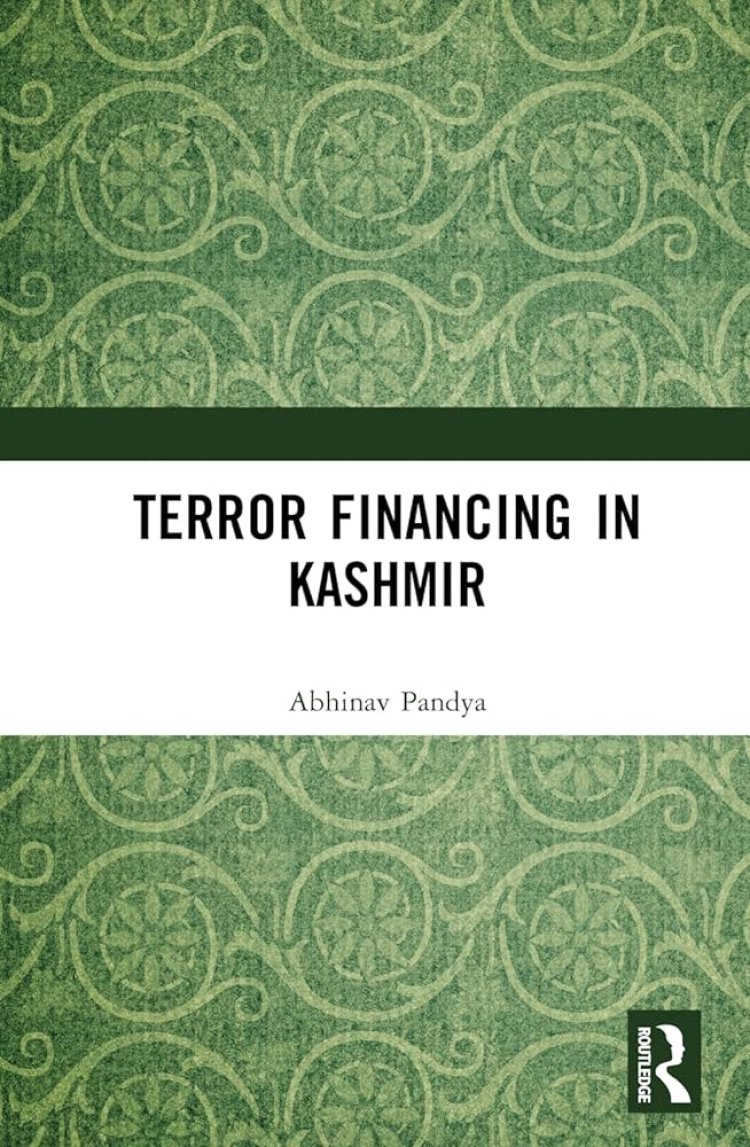
Book Review
By Amb. Anil Trigunayat
For any counter-terrorism expert, including practitioners and academic experts, the field of terror financing has been a subject of great interest from both academic and operational points of view. Eminent experts on terrorism have written several books and papers highlighting diverse aspects of terror financing; however, the Kashmir theatre has remained largely unexplored.
Over time, since the formal beginning of a violent separatist and Islamist insurgency in 1990, Pakistan has created a highly complex, sophisticated, and layered system of terror financing. Dr Abhinav Pandya’s book, Terror Financing in Kashmir, published by Routledge Taylor and Francis on 6 December 2023, fills this gap.
In an insightful investigative journey, this book unravels the murky, complex, and layered world of Kashmir’s terror financing and the intelligence wars between Pakistan’s ISI and India’s R&AW.
EARLY PHASE: 1990-96
Dr Pandya says that in the early 1990s, funds were primarily sent through cash couriers. Since the border was porous, it was convenient to cross the Line of Control (de facto border between India and Pakistan in Jammu and Kashmir) to deliver cash inside the Indian territory from where the local handlers collected it. Besides, Jamaat-e-Islami, a Pak-supported separatist and Islamist group, collected money through donations and extortion. Initially, Pakistan’s strategic planners had not expected to get a robust response to their proxy war strategy; however, witnessing the massive interest among the youth in joining terrorist groups, they decided to create a proper system, including the financial modules, to run militancy. As a result, a political separatist entity viz.
Hurriyat Conference was created in 1993 by amalgamating 26 separatist parties. Now, the money was needed to run Hurriyat’s offices, pay its cadres, finance its publicity and media operations, and foreign travel. In parallel existed extremist groups like Jamaat-e-Islami and terrorist groups like Hizbul Mujahideen and Jammu-Kashmir Liberation Front (JKLF). By 1993, new terrorist groups emerged, such as Harkat-ul Mujahideen. These terrorist groups needed funds to buy weapons, maintain Over Ground Workers (OGWs), and execute terrorist operations.
With the above-mentioned expansion of militancy, terror funding was also becoming specialized and systematic. Funds came to be centrally distributed from Pakistan and primarily routed through the Hurriyat and the commanders of terrorist groups. Along with cash, narcotics smuggling became a potent method of raising and moving money. Terrorist organizations started funneling drugs through terrorist cadres and couriers who infiltrated into Indian side of Kashmir.
The book discusses at length the drug routes along with a comparative analysis of the price differential that existed between the place of origin in the Af-Pak border and the Indian markets where they were sold.
SECOND PHASE: 1996-2005
By 1996, the Indian security forces had almost crushed the first wave of militancy in Kashmir. However, Pakistan was determined to continue the asymmetric war against India due to the latter’s superiority in a conventional war. New terrorist groups like Lashkar-e-Tayyaba and Jaish-eMohammad, which were under the firm grip of Pakistan, entered Kashmir’s terror scenario.
When Indian security forces tightened the noose on infiltration and drug smuggling, Islamabad separated the drugs channels from the terrorist infiltration/weapons smuggling channels, to keep the former safe. Secondly, hawala came to be used as a major way of routing terror money.
THIRD PHASE: 2005 ONWARDS
In this phase, many new methods were employed to raise funds. Raising money by selling medical seats was a unique and novel method of generating terror funds. This method is still in use, though post-2019, the Government of India has introduced some checks by invalidating the degrees awarded in Pakistan-based medical and engineering institutions. Another method that continues to be in practice is raising money through haj tours and travels.
In the second phase, terrorist organizations used the LoC trade to smuggle weapons, cash, and drugs. The author discusses a range of other methods, such as over-invoicing and underinvoicing, money generated through Zakat and Usra donations (Islamic taxes), remittances and donations received from the diaspora, money generated by Islamic charities from domestic and international sources, mirror trading, direct allotment of funds by Pakistan’s intelligence, money raised by Jamaat through its schools, orphanages and facilitating government recruitments and appointments.
With the rapid rise of Ahli-Hadith in Kashmir in the 2000s, there was a massive influx of funds from the Arab world. The money, in turn, was spent on building ornate and lavish Salafi mosques. These mosques became breeding grounds for producing highly radicalized and separatist individuals.
TERROR FINANCING PORTFOLIO: DIVERSITY AND COMPLEXITY
A rough estimate based on field surveys and interviews suggested that Pakistan, on average, spends less than INR 2.5 to 3 lakh in producing one militant, whereas Indian security forces spend roughly INR 60 to 70 lakh every day in counter-terror cordon and search operations in addition to spending huge amounts of money on narrative building and countering Pakistani narrative, maintaining a huge presence of armed forces, goodwill and development projects, etc.
The sheer difference between the figures mentioned above is sufficient to explain why Pakistan’s proxy war strategy is a robust way of bleeding India white. The author discusses another interesting feature of terror financing that emerged in Kashmir— the major involvement of mainstream institutions of politics, administration, banking, academics, and media in the terror financing dragnet.
This author has done detailed research on this aspect and discussed how mainstream institutions became a crucial part of it. The book argues that terror masterminds based in Pakistan and their state sponsors created an intricate world of terror financing, developing stakes for everyone in it, including the conflict elites like separatist leaders, politicians, militant commanders, and the common ordinary middle-class individuals, who found various ways in terror funding dragnet to earn money.
In a way, it almost became a parallel economy of the state. The book is the product of extensive fieldwork in Jammu and Kashmir and interviews conducted with Kashmiri separatists and hawala coordinators in India and abroad.
The author’s detailed interviews with active and former terrorists, the Over Ground Workers of terrorist groups, Islamist clerics, senior, mid-level, and junior leaders of extremist organizations like Jamaat-iIslami, Jamiat Ahl-i-Hadith, Hurriyat Conference, police, military and intelligence officials of India and Pakistan, hawala operator and ISI’s financial coordinators constitute the backbone of this in-depth research work.
However, due to the subject’s sensitive nature, in several cases, the identity of the sources and interviewees have been kept confidential. So far, this subject has remained unexplored because the fragile security situation and hurdles in accessing the key stakeholders have prevented the researchers from venturing into this conflict. The absence of any systematic research in this field explains the paucity of data in the open domain and academic literature; hence, it had to be overcome with extensive fieldwork, which the author has done to tell a story that has never been told earlier.
The book will have firsthand insights for academics, counterterrorism researchers, law enforcement officials, diplomats, and the intelligence community. Lastly, it is one of the rarest books, probably the first, published by a highly prestigious international publisher, objectively analyzing Pakistan’s role in Kashmir militancy without anti-India bias.
Disclaimer: This paper is the author's individual scholastic contribution and does not necessarily reflect the organization's viewpoint. The book review was first published in The Sunday Guardian
Ambassador Anil Trigunayat is a former Indian envoy to Libya, Malta, and Jordan, presently a distinguished fellow at VIF and independent director at WAPCOS.


